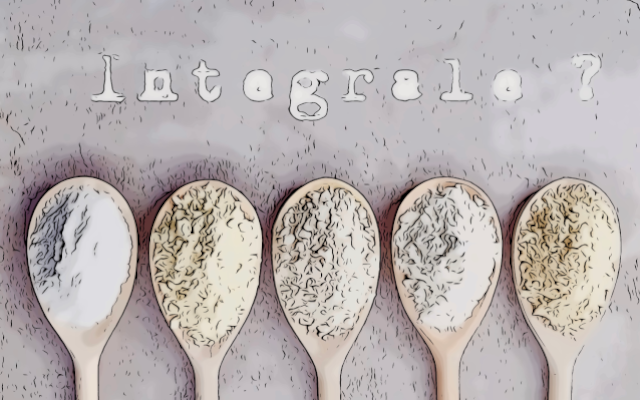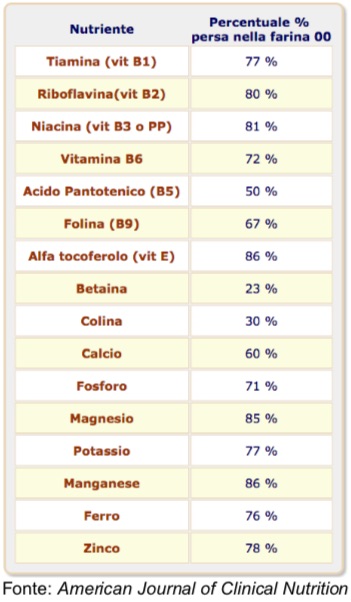The whole foods market continues to grow at double-digit rates (+14.2 in 2018, in the breakfast products category). However, only ‘true whole-grain‘ offers real health benefits. ‘False wholegrain,’ conversely, lacks the virtues of the whole grain and may even have contraindications. Buying guide, with a stimulus to official public audits.
Dietary fiber and health
The World Health Organization (WHO) recommends regular consumption of whole grains, fruits and vegetables to mitigate the risks of obesity, cardiovascular disease and diabetes. As natural sources of dietary fiber, which is primarily attributed with the abilities to:
– regulate bowel function and prevent some bowel diseases (by reducing the contact time of the intestinal walls with waste substances, the reabsorption of which is also prevented),
– Modulate the rate of nutrient (carbohydrate and fat) assimilation. Thus preventing blood glucose and cholesterol ‘spikes’ immediately after meals, and helping to control their blood levels,
– Slow down stomach emptying and help maintain satiety longer.
The most extensive research ever conducted on the topic-published in January 2019 in The Lancet-associates regular fiber intake with reducing causes of premature mortality by up to one-third. Other recent studies show the favorable impact of fiber on the microbiome.
Refined cereals and ‘fake whole grains’, lost virtues and possible contraindications
‘False wholemeal’ are products made from refined flours (e.g., 0 flour, 00 flour) to which bran (or middlings) is added. However, the refining process dramatically reduces the nutritional quality of the food. Because you remove the most valuable part of the seed, the germ, where vitamins (B group, E) and minerals such as zinc, selenium, copper, magnesium and phosphorus are concentrated. The table below shows the loss of micronutrients in a refined ’00-type’ flour.
The addition of ‘external’ fiber to a refined flour, moreover, may have contraindications that should not be underestimated. In fact, an intake of fiber that is inconsiderate of the natural balance of plant raw materials and foods that contain it can lead to problems related to excessive intestinal transit speed. In the short term (bloating, abdominal tension, flatulence) and in the long term, with even chronic inflammation. As well as malabsorption of essential nutrients and micronutrients for the body, such as calcium and iron.
Conclusions, buying guide
Nutritionalclaims ‘source offiber’ and ‘rich in fiber‘ are not enough to qualify a food as ‘good for health.’ Since these claims merely attest to the presence in the product of a certain amount of dietary fiber. (1) Instead, one must check the list of ingredients, to distinguish:
– true whole-grain products, made only with whole-wheat flour (at most with the addition of flours in the jargon known as ‘semi-integral‘ or ‘unrefined‘, such as ‘type 2’), vs.
– ‘false whole-grain’, which instead list refined flours (‘type 0’ and ‘type 00’) and bran or ‘middlings,’ or other ‘vegetable fiber‘ in the ingredient list.
Purchases should be steered toward only authentic whole grain products. Waiting for official public inspection authorities to bring order to this market sector, which is still crowded with misleading labels and advertisements.
Dario Dongo
Notes
(1) The ‘Nutrition& Health Claims‘ (NHC) regulation requires the presence of at least 3 g of fiber per 100 g of product (or at least 1.5 g of fiber per 100 kcal) as a condition for claiming fiber on the label. Twice the amount to claim its high content. Cf. reg. EC 1924/06 as amended, Annex
Dario Dongo, lawyer and journalist, PhD in international food law, founder of WIISE (FARE - GIFT - Food Times) and Égalité.





